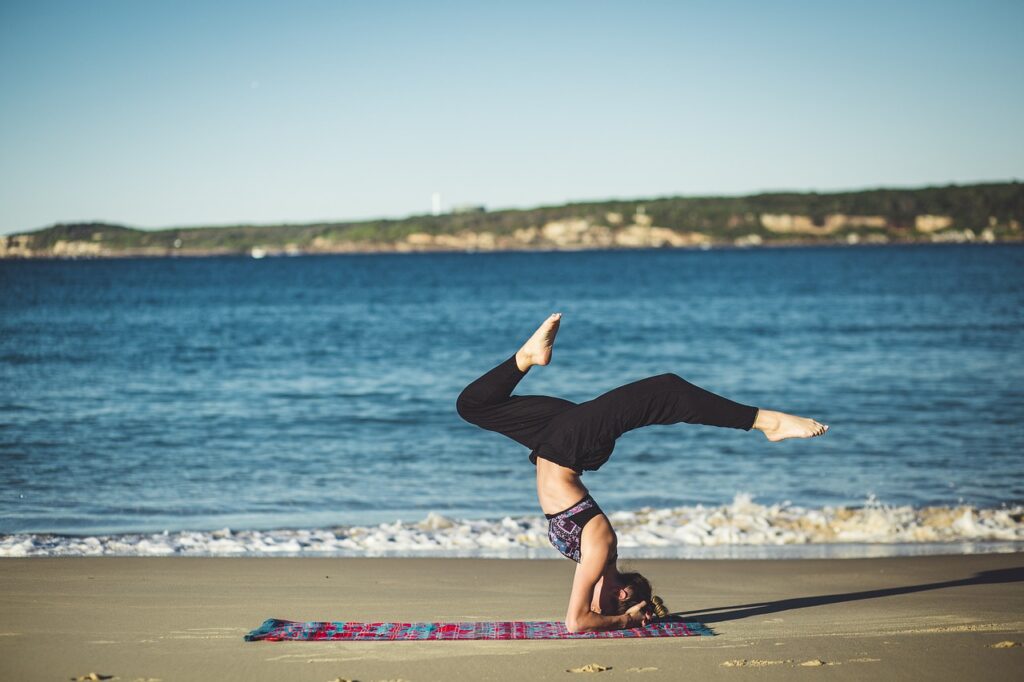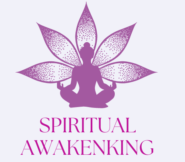
Vinyasa yoga is a popular and dynamic style of yoga that emphasizes the seamless flow of movement with the breath. It is often referred to as “flow” yoga due to its continuous and rhythmic sequences of poses. In Sanskrit, “vinyasa” translates to “arranging something specially,” and in the context of yoga, it refers to the thoughtful coordination of body, breath, and mind.
Origins and Philosophy: Vinyasa yoga is rooted in the ancient traditions of yoga and draws inspiration from Ashtanga Vinyasa yoga, a system developed by Sri K. Pattabhi Jois. However, vinyasa classes offer more freedom and creativity, as they don’t follow a strict sequence of poses as Ashtanga does. Instead, each vinyasa class is unique and can vary greatly depending on the teacher’s style and expertise.
The essence of vinyasa lies in the belief that the breath is the link between the body and the mind. By synchronizing breath with movement, practitioners aim to create a meditative and harmonious flow, allowing them to stay present and mindful throughout the practice.
Sequencing and Structure: Vinyasa classes typically begin with a centering or grounding phase, where practitioners focus on their breath and set an intention for the session. This is followed by a warm-up period to prepare the body for more challenging poses. The main part of the class is composed of a series of asanas (poses) linked together in a fluid, continuous sequences.
Transitions between poses are of utmost importance in vinyasa yoga, as they maintain the flow and grace of the practice. Commonly known as “vinyasas” or “flow transitions,” they can be as simple as moving from a downward dog to a plank position, or as complex as transitioning through a sequence of standing poses.
Instructors have the freedom to design their classes creatively, incorporating various yoga poses, inversions, backbends, twists, and balancing postures. The sequences may vary in pace, intensity, and duration, catering to different levels of practitioners, from beginners to advanced yogis.
Benefits: Vinyasa yoga offers a multitude of benefits for both the body and mind:
Strength and Flexibility: Regular practice helps build muscle strength, improve flexibility, and enhance overall body awareness.
Cardiovascular Health: The continuous movement and emphasis on breath can elevate the heart rate, providing a cardiovascular workout.
Mindfulness and Stress Reduction: The meditative aspect of vinyasa yoga promotes mindfulness, reduces stress, and calms the mind.
Balance and Coordination: The practice of balancing poses and smooth transitions improves coordination and concentration.
Detoxification: The combination of movement and breath stimulates circulation and aids in the elimination of toxins from the body.
Self-Expression: As vinyasa yoga offers creative freedom, it allows practitioners to express themselves and find their unique flow.
Conclusion: Vinyasa yoga is a vibrant and energetic style of yoga that brings together the physical, mental, and spiritual aspects of the practice. With its emphasis on breath, fluid movements, and mindfulness, vinyasa offers practitioners an opportunity to explore their bodies and minds in a dynamic and transformative way. Whether you are a seasoned yogi or a beginner on the yoga journey, vinyasa yoga provides a beautiful and fulfilling practice that can be adapted to suit individual needs and preferences.
